What is the lowest order of the following function as n tends to infinity?

where a>1 and 0<p<1.
My answer: Since ln(1+x) <= x,
Therefore, f(n) = O(a^n). I am sure this is not a tight bound. I might be able to use  to obtain a tighter bound, but I don't think it will improve the order. Any idea? Please let me know anything you think may be helpful.
to obtain a tighter bound, but I don't think it will improve the order. Any idea? Please let me know anything you think may be helpful.

